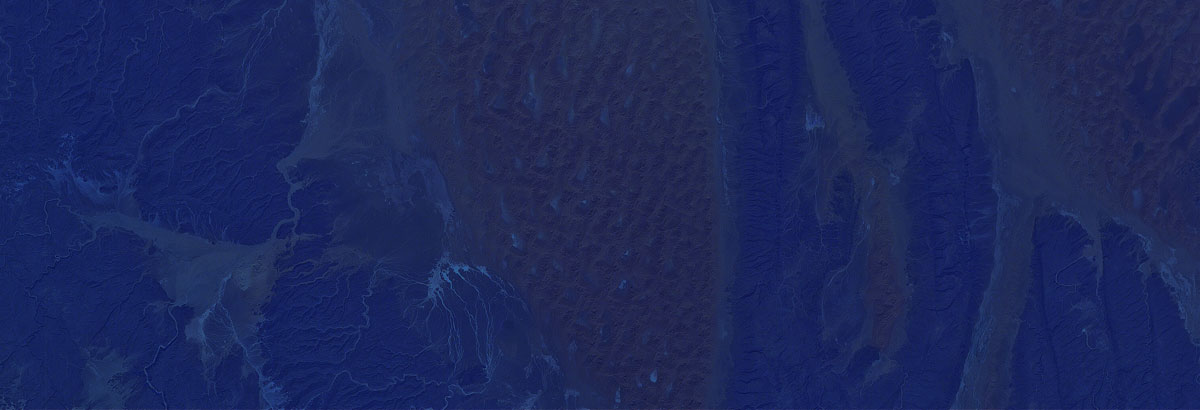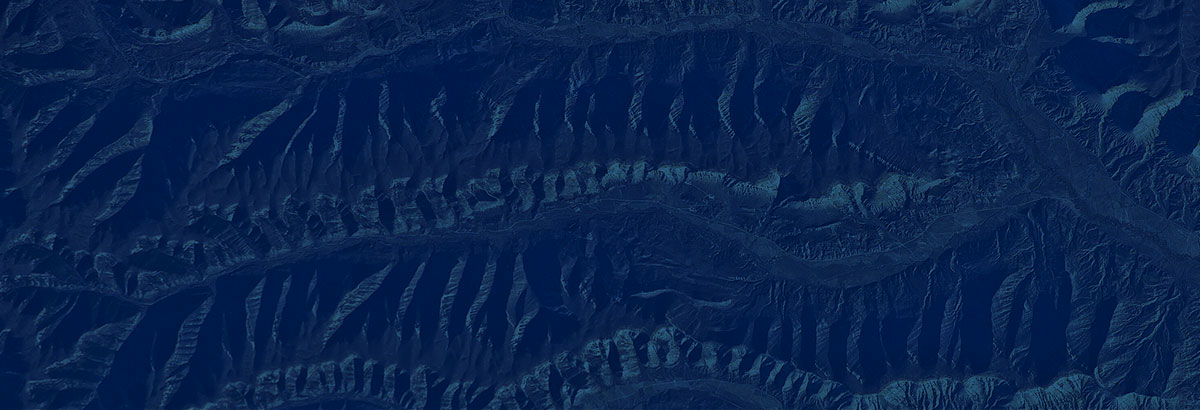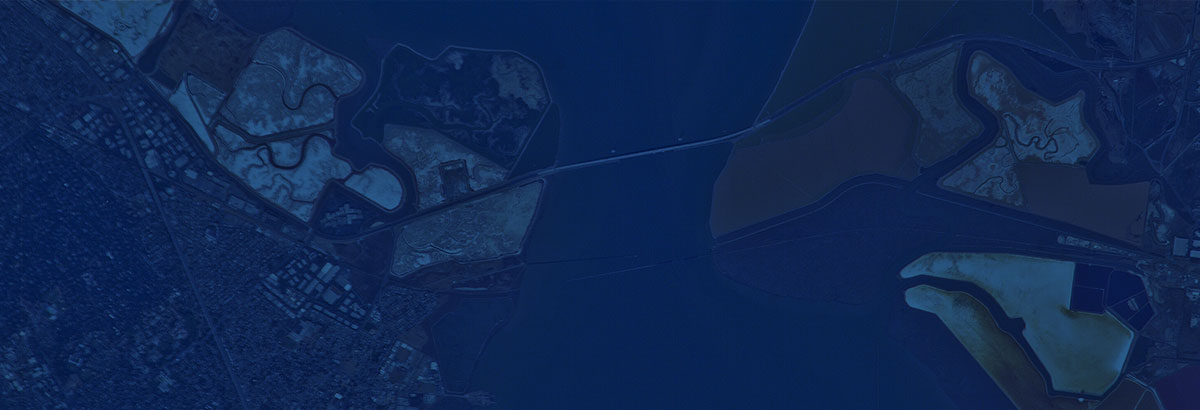B612 OpEd in Space News
October 25, 2016
B612 published an OpEd in Space News discussing the milestone reached with NEOCam and the Large Synoptic Survey Telescope (LSST) potentially able to track 90 percent of asteroids larger than 140 meters and declaring our support for NEOCam’s construction. The full text is below:
There is good news on the planetary defense front. With the ground-based U.S. National Science Foundation’s Large Synoptic Survey Telescope (LSST) five years from entering service, coupled with the selection of the space telescope NEOCam as a finalist in the NASA Discovery Mission program, the congressional mandate to track 90 percent of Near Earth Asteroids larger than 140 meters can be fulfilled. LSST alone will be able to find about 60 percent of asteroids in this size range in its first decade of operation. Together, LSST on the ground and NEOCam in space could complete this asteroid survey in about a decade.
Importantly, NEOCam will provide us with a more accurate measure of an asteroid’s size — a critical parameter for designing deflection missions.
For these reasons, and to ultimately insure the safety of all humanity from these larger asteroids, the B612 Foundation believes NASA should select NEOCam for flight. It is the right decision at the right time. We simply cannot afford to wait any longer to build a space telescope with these critical capabilities.
However, there is still much work to be done, in particular with tracking asteroids smaller than 140 meters. While not packing the energy of larger asteroids that can have global effects, impacts from these smaller asteroids are more frequent and still carry a dangerous punch. In fact, there is a nearly 100-times-greater likelihood that the next major impact from an asteroid will be in the range of 30-140 meters, as opposed to being larger than 140 meters. These smaller asteroids are capable of destroying an entire metropolitan city. The 1908 event in Tunguska that destroyed about 2,000 square kilometers was caused by an asteroid 45 meters in diameter; the Chelyabinsk event was due to an asteroid of only about 20 meters. New technologies being developed are showing great promise in this area.
We are on the verge of finally being able to provide protection from dangerous asteroids. Let’s just cross this one off our list. Let’s support the funding of NEOCam and work to create a comprehensive system to monitor small asteroids. We have the technology, so all we need now is the resolve to get this done.















